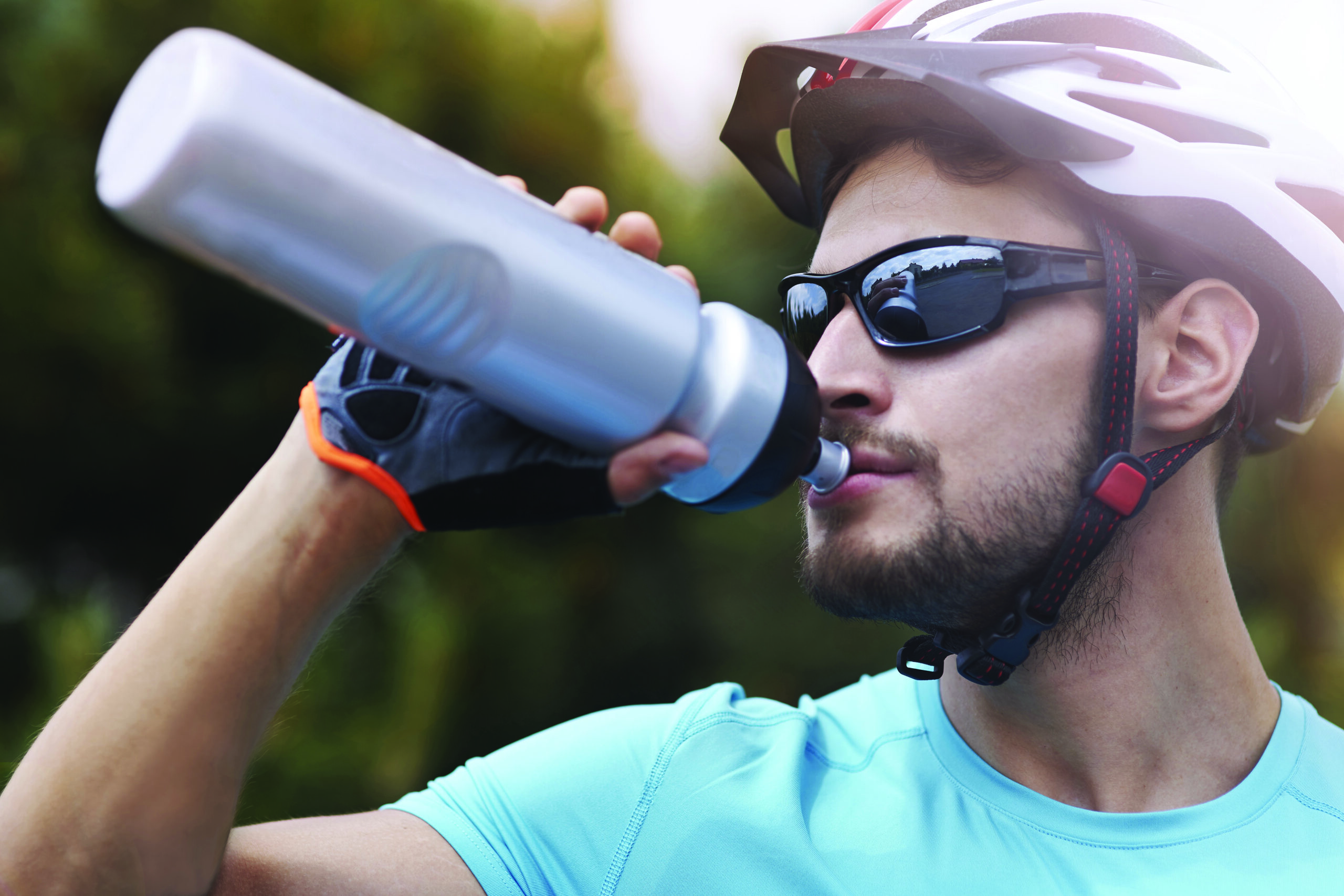Safety
September is Sports Eye Safety Month
September kicks off both college and NFL football seasons and is also Sports Eye Safety Month. At SafeVision we believe that all athletes should be protecting their eyes on and off the field.
It’s estimated that over 40,000 eye injuries occur every year due to sports. We also know that 90% of these injuries are preventable with the proper safety eyewear. That is why we want to promote awareness of sports eye safety month so athletes may take the necessary steps to protect their vision no matter which sport they play.
High-Risk Sports
Sports such as paintball, basketball, and racquetball all have a greater chance of causing an eye injury while playing. The balls in these sports move very quickly, and players are often very close to them. This means it is likely that a player will get hit on or around their eyes. Most paintball and racquetball players are required to wear protective sports safety eyewear.
Other sports such as football, field hockey, and lacrosse require their players to wear protective gear such as helmets or eyewear as a standard to keep more than just their vision safe. With the close contact these sports have, it is easy for a ball to go flying into a player’s face if not appropriately caught in their hands or net. There is also a chance you could get hit by a field hockey stick in the case of high-sticking if players aren’t careful. These sports are considered high-risk sports, but they don’t necessarily wear only protective eyewear. Full head coverage is included.
Let’s not forget more extreme sports and activities like mountain biking, motorcycling, and ski or snowboarding. Enthusiasts for any of these activities should, ideally, wear fully sealed safety eyewear to protect against dirt, debris, and snow or ice. A prescription pair of safety eyewear not only helps protect the eyes from projectiles but also ensures hazards are visible and reduce serious injuries.
Moderate-Risk Sports
These sports are still fast-paced, but the players have more room, such as a field or court, to avoid objects hitting them. The moderate-risk sports include soccer, golf, and tennis. When playing soccer, not only do you have the risk of being hit in the face with the ball, there are also the hazards of close contact with players. You could likely get hurt by the other player’s hands, elbows, knees, or even hit in the face by a cleat. The chances of you getting an eye injury are lower from these sports but would still be painful and expensive.
Low-Risk Sports
The sports included in the low-risk category do not have the use of balls, projectiles, rackets, or any aggressive play. Such sports include swimming and cycling. But while there is no contact, the athletes for these sports still wear protective eyewear to help them see underwater and in unique weather conditions. Furthermore, there are risks such as flying projectiles such as dust, rocks, branches, etc.
How To Protect Your Vision
The simplest thing you can do to protect your vision while playing any sport is investing in a pair of protective safety eyewear. Sport-specific eyewear is relatively easy to find in many sporting goods stores for reasonable prices. The cost of purchasing a pair of safety eyewear becomes even more worth it when compared to the costs for treatment or even eye surgery that can come from a mishap.
When wearing a pair of sports safety eyewear, it is essential that you have the proper fit. Your eyewear should be comfortable on your face and meet the American Society of Testing Materials standards. An athlete should never wear glass eyewear when participating in their sport, either. If the glass were to get hit and shatter, it could cause more severe damage to your eyes. So we recommend protective eyewear with a shatterproof polycarbonate lens. There are also a variety of lens coatings such as anti-reflective or polarized lens options which can help reduce glare which can hinder a player’s visual field.
While we know there are many other sports we didn’t mention, our team at SafeVision is more than happy to discuss the proper protection for your sport. Together we can protect athlete’s vision and improve their game. Visit our website or contact us at safevision@hoya.com to talk about your options today!

